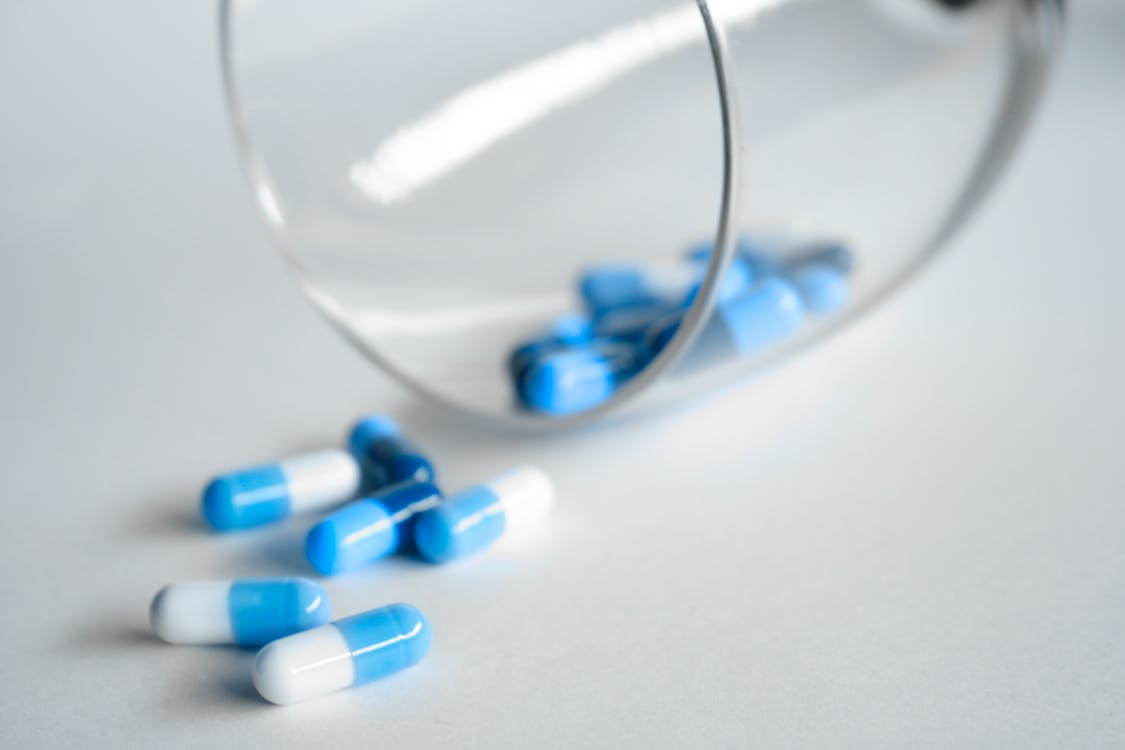
Investigational drugs have been saving lives and providing hope for people with rare conditions for decades now.
According to a 2024 report by the Pharmaceutical Research and Manufacturers of America (PhRMA), over 8,000 medicines are currently in development globally, many of which are experimental drugs.
These innovative treatments have reshaped the medical field, offering new prospects for patients who have exhausted their options.
But what exactly are these game-changing medications, and why should you care about them? This and more are what we’re about to discuss.
What Are Experimental Drugs?
These are drugs designed specifically to push the boundaries of medical treatment. Experimental drugs are new chemical or biological substances that are being tested for safety and effectiveness.
In other words, these medications show promise in treating a particular condition but haven’t yet been fully approved for widespread use. They result from years of research and represent cutting-edge science in action.
Over the years, experts like Dr. Janet Woodcock have emphasized that drug development is crucial for medical advancement. According to her, experimental drugs are the bedrock of innovation needed to treat rare diseases and offer hope where standard treatments have failed.
From Lab to Patient
The development of new drugs usually starts in a laboratory, where a group of scientists identify and study the drugs’ properties. Dr. Francis Collins, former director of the National Institutes of Health, describes this initial stage as something that could take “many years, if not decades.”
From there, the experimental drug goes through several phases of testing:
Preclinical testing: This is where laboratory and animal studies are carried out to check if the drug is safe enough to try in humans.
Clinical trials: If the preclinical tests are successful, the drug moves into human trials. These are usually divided into three phases:
· Phase I: Testing for safety in a small group of healthy volunteers
· Phase II: Checking if the drug works in people with the target condition
· Phase III: Large-scale testing to confirm effectiveness and monitor side effects
FDA review: If the clinical trials go well, the drug company submits an application to the FDA for approval.
Post-market safety monitoring: Even after approval, the FDA continues monitoring the drug’s safety.
As Dr. Collins stated, this entire process can take 10-15 years and cost over a billion dollars. It’s a long and expensive procedure, but it’s necessary to ensure these new treatments are safe and effective.
Impacts and Results
These innovative treatments have the potential to change lives in dramatic ways. Take the case of Emily Whitehead, for example.
In 2012, at just six years old, she was out of options in her battle against leukemia. That’s when her doctors suggested an experimental treatment called CAR-T cell therapy.
This groundbreaking approach used Emily’s immune cells, modified in a lab, to fight her cancer. The treatment worked. Emily became cancer-free, and today, she’s a healthy young adult.
Her story isn’t just inspiring – it’s all the proof you need to know that experimental drugs work. And it’s not just about individual success stories.
Experimental drugs are pushing the boundaries of what’s possible in medicine. They’re opening up new ways to treat diseases that have been classified in the past as “incurable.”
Challenges and Ethical Considerations
One of the most significant setbacks of this remarkable innovation is the high failure rate. Dr. Kenneth Kaitin, director of the Tufts Center for the Study of Drug Development, has pointed out several times that for every 5,000 compounds that enter preclinical testing, only one becomes an approved drug.
This high failure rate contributes to the enormous cost of drug development, making new treatments expensive.
There’s also the question of who gets access to them first. Clinical trials often have strict criteria for participants, which can limit who benefits from these cutting-edge treatments. And once a drug is approved, its high cost can put it out of reach for many patients.
Not to mention those who may still need access to the treatment after the clinical trial phase. Of course, they might be offered an Open Label Extension (OLE) study, which would allow them to continue receiving their treatment while also contributing to the collection of long-term safety and efficacy data. But these are just some of the issues surrounding experimental treatments.
What This Means for You
Even if you don’t currently have a health condition, the advancements in this innovation could benefit you or your loved ones.
These drugs are paving the way for better treatments for a wide range of conditions like cancer, heart disease, and even rare genetic disorders.
Moreover, the insights gained from developing these drugs help us better understand how our bodies work, which can inform healthier lifestyle choices and preventive measures.
While access to these treatments can be challenging, programs like expanded access (also known as compassionate use) are there to provide you with options even after you’ve exhausted other alternatives. So, don’t give up.
It doesn’t matter what rare condition you or a loved one may be experiencing; have it at the back of your mind that there are people working tirelessly to provide you with the care and treatment you need.